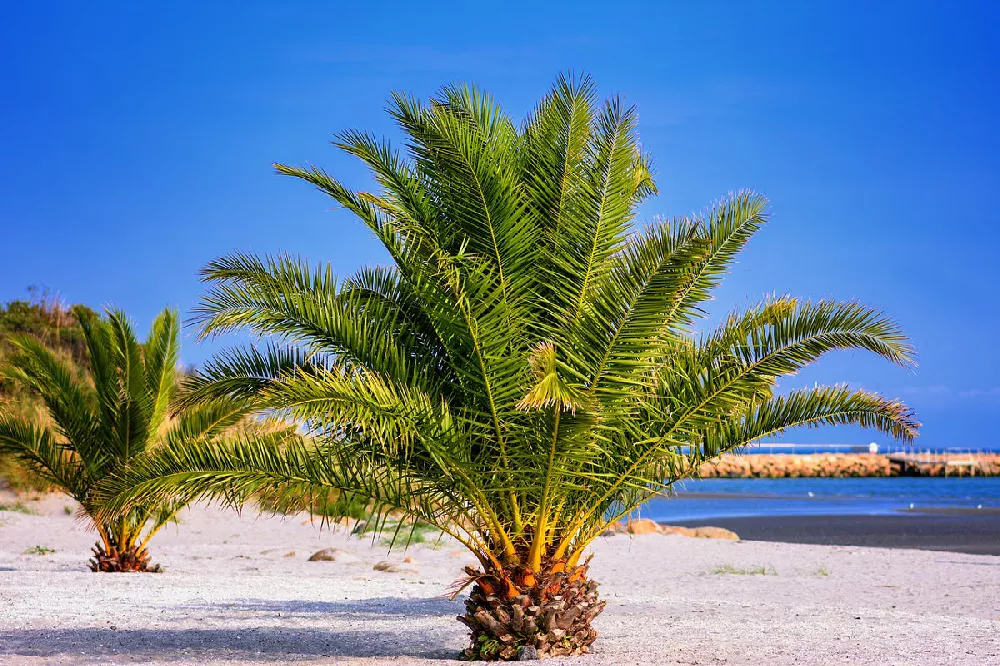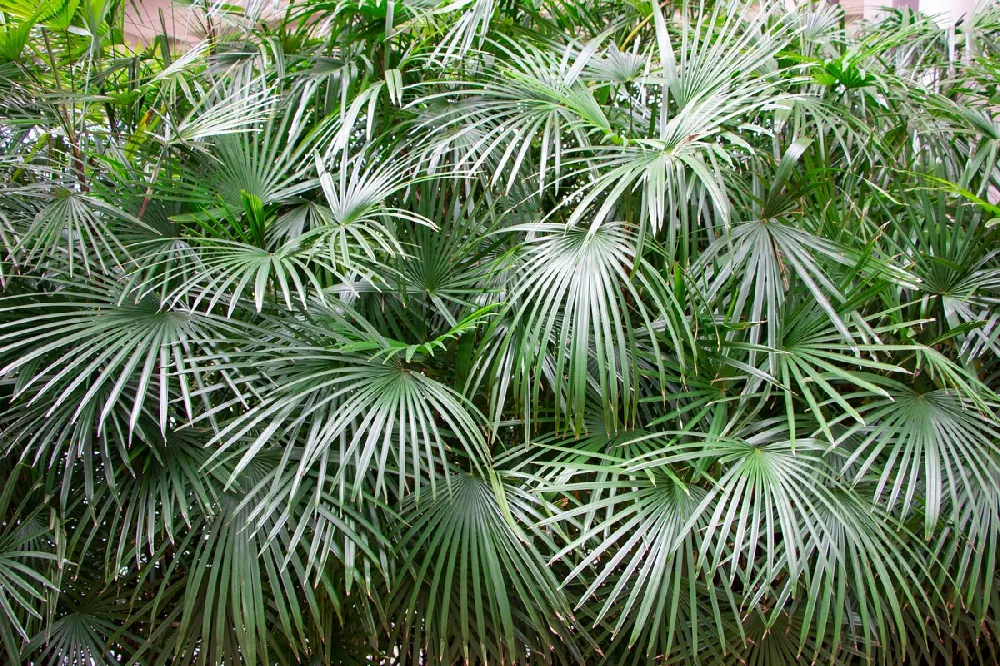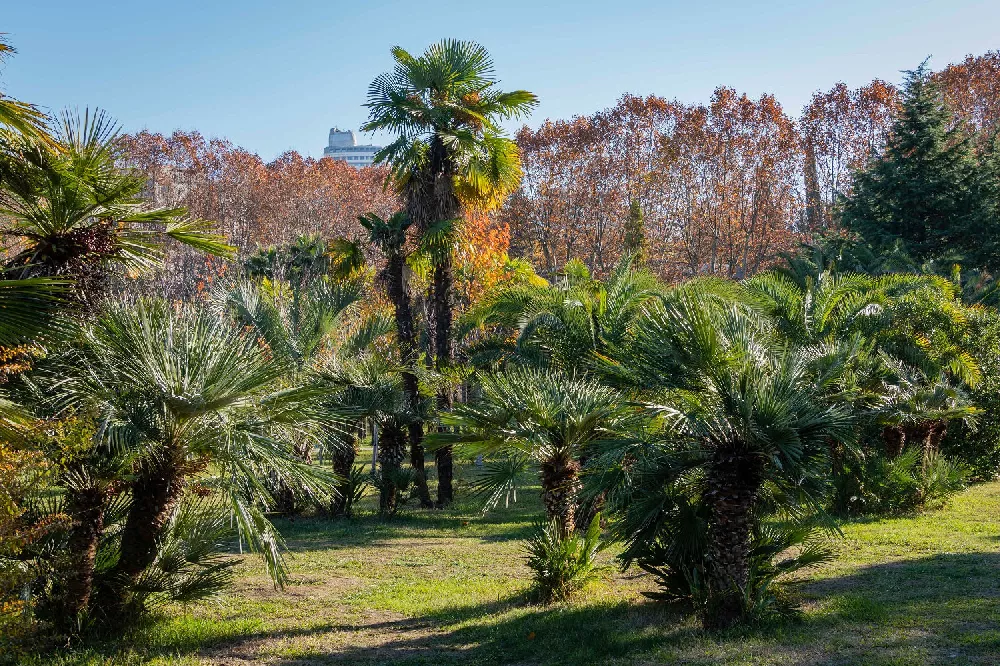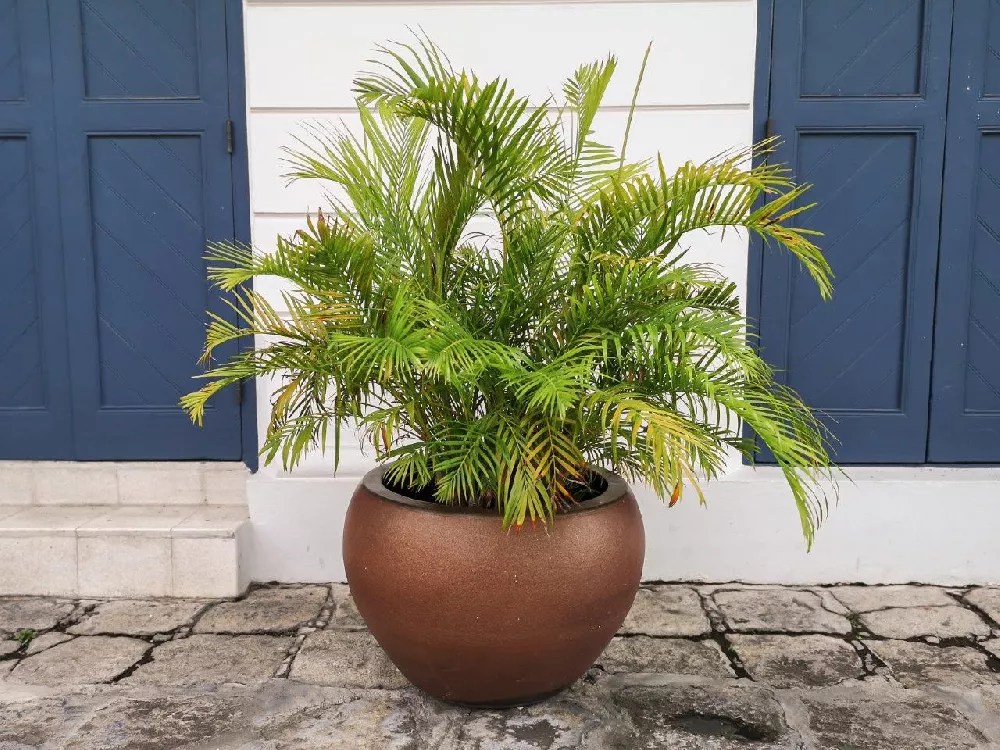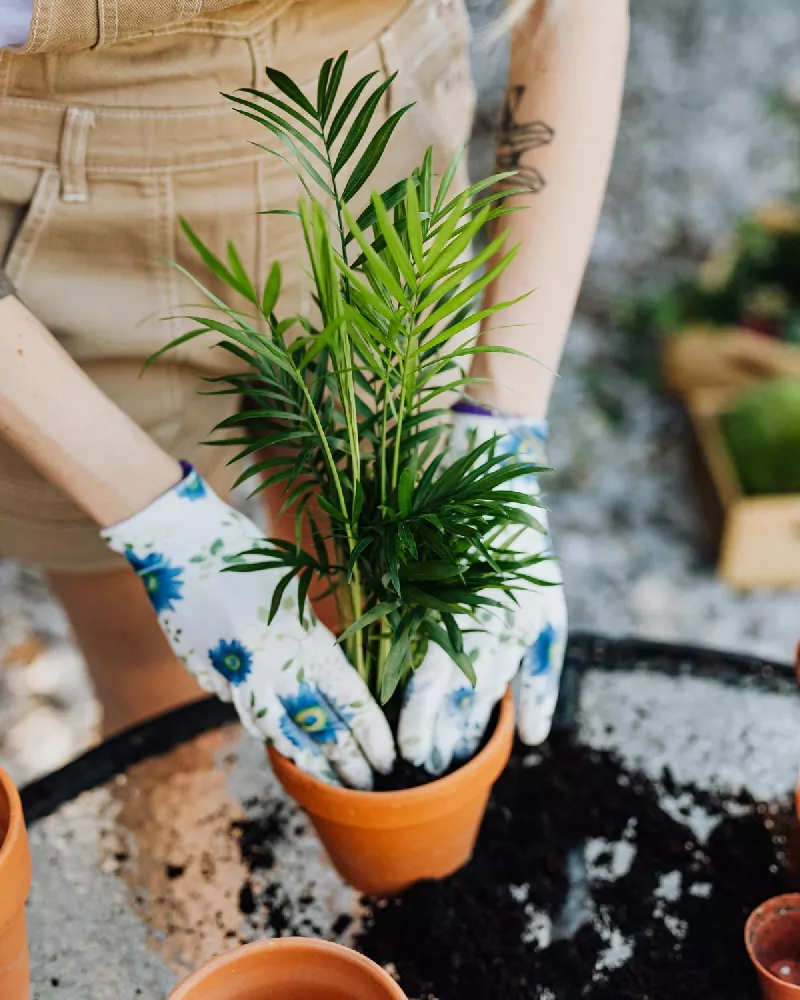- Home >
- Palm Trees >
- Pindo Palm Trees
Pindo Palm Trees for Sale - Buying & Growing Guide
- Ships in 1-2 days
- 1-Year Warranty Eligible
- Pots or accessories are not included unless specified in the product options.
Shipping Details:
Products shipped through FastGrowingTrees.com. Once your order is shipped, you’ll receive an email with a tracking number and estimated delivery date. Most orders will ship immediately.
There's a lot to like about Pindo palm trees. As a specimen tree that can serve as the focal point of a front garden, their sculptural silhouette brings style and elegance. They remain fairly small at maturity, topping out at around 20 feet, making maintenance simple and easy. In the right circumstances, Butia capitata will even produce a small, date-like fruit that is great for jams and jellies. Here are some other characteristics of the tree:
- Disease- and pest-resistant, needs little extra care to remain in good health.
- Can handle temperatures as low as 20 degrees Fahrenheit.
- Once established, it is extremely drought-resistant.
Plant Care
Sunlight

Pindo palms like full sun in the northern areas of their range but tolerate partial shade in southern climes.
Watering
Water thoroughly when newly planted. Once established, water when soil is dry 1 inch below the surface.
Fertilizing

Fertilize with a slow-release 10-5-10 NPK product or some other palm tree fertilizer throughout the growing season.
Planting and Care
Planting instructions
If planted at the southern end of its range, Pindo palms can handle partial shade. Otherwise, plant them in full sun, in a spot that is open enough to allow their 20-foot leaf span room to grow. Dig a hole that’s twice as wide and just as deep as the root ball. Unpot your sapling and tease out any encircling roots. Place in the hole and fill in around it with a mix of topsoil and well-rotted compost or manure, tamping down as you go to eliminate air pockets.
Once planted, water the soil around the tree thoroughly. Water every few days until you see new growth starting to appear, then cut back to watering once a week.
Watering and nutrients
Pindo palms need regular watering for their first year, but after that, they should only be watered when the soil feels dry 1 to 2 inches below the surface. The plants tolerate drought well, but give them a thorough watering when it is very hot outside, especially if it is in the triple digits.
Fertilize your Pindo palm as directed with a slow-release fertilizer designed for palm trees. Feed it throughout the growing season but taper off during the winter when there will be less growth.
Pollination
Pindo palms are monoecious, which means they have both male and female flowers on the same plant. They are pollinated by the wind and by various insects. If pollinated, the flowers give way to grape-sized orange fruits that grow in clusters and are edible.
Pruning
Pruning a Pindo palm is fairly simple: just cut off any dead, diseased, or damaged fronds when you see them. New growth occurs at the center top of the trunk, with older branches gradually dying out and turning brown along the outer edges. Pruning them off creates the trunk’s characteristic textured surface.
Pests and diseases
Pindo palms are fairly carefree, with only a few common palm tree pests, like the palm leaf skeletonizer, bothering them occasionally. If container-grown indoors, check them periodically for red spider mites and scale insects. Keep the leaves clean on indoor plants by wiping them down periodically with a damp cloth. Horticultural oil can be used on scale insects, and red spider mites can be treated with an insecticidal soap.
Diseases of the Pindo palm are rare, but may include diamond scale, which is not an insect despite the name, and pink rot, both of which are fungal diseases. Healthy trees are less susceptible to these ailments than those that are stressed, so proper care of your Pindo palm means that it will be less likely to fall prey to disease.
Harvesting
Although not usually grown for their fruit, the fruit of the Pindo palm — which is called, logically, a pindo — is edible. In fact, the Pindo palm is often called a jelly palm because the pindos make an excellent jelly or jam. The fruit is ripe during summer months, up to November in some parts of the U.S., and is harvested when it turns from green to orange and starts falling off the tree.
Achieving maximum results
Pindo palms are often grown as focal points in gardens, and in that role they are superb. But the trees can also be container-grown in northern climates and brought indoors in the winter. Limiting the size of the container controls growth, so you should be able to keep them to 6 feet or less. The plants are easy to care for even when grown indoors. Fertilize them with a balanced product designed for palm trees in spring and throughout the growing season, and give them some extra space for their broadly spreading leaves.
FAQs
How fast do Pindo palms grow?
Pindo palms are considered slow-growing trees, but they can actually put on a foot or more of growth in a year if well-cared for and fertilized. Your Pindo palm should reach maturity in roughly 5 to 10 years, with growth slowing at that time.
How far north can I grow a Pindo palm outdoors?
Pindo palms have a reputation for hardiness and can stand short periods where the temperatures are as low as 20 degrees Fahrenheit. In general, however, if you receive frequent frosts or regular cold temperatures, you'll want to grow your Pindo palm in a container so you can bring it indoors when the weather turns cool.
Are Pindo palms messy?
Fruiting Pindo palms will drop their ripe fruit on the ground during harvest time in the summer. This can get a little messy and is a good reason to avoid planting your Pindo close to a sidewalk or deck area. It shouldn't be much of a problem with container-grown Pindos because they will often not get large enough to fruit, and if they do, the fruit is easily pruned out to avoid a mess.
Compare Similar Products
You can't add more Product Name - Product size to the cart.
OK